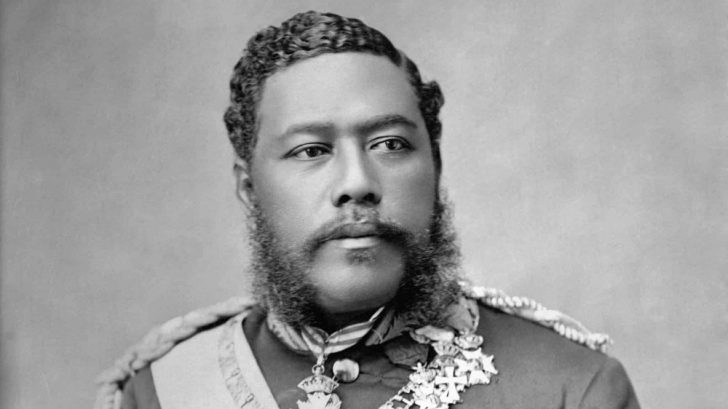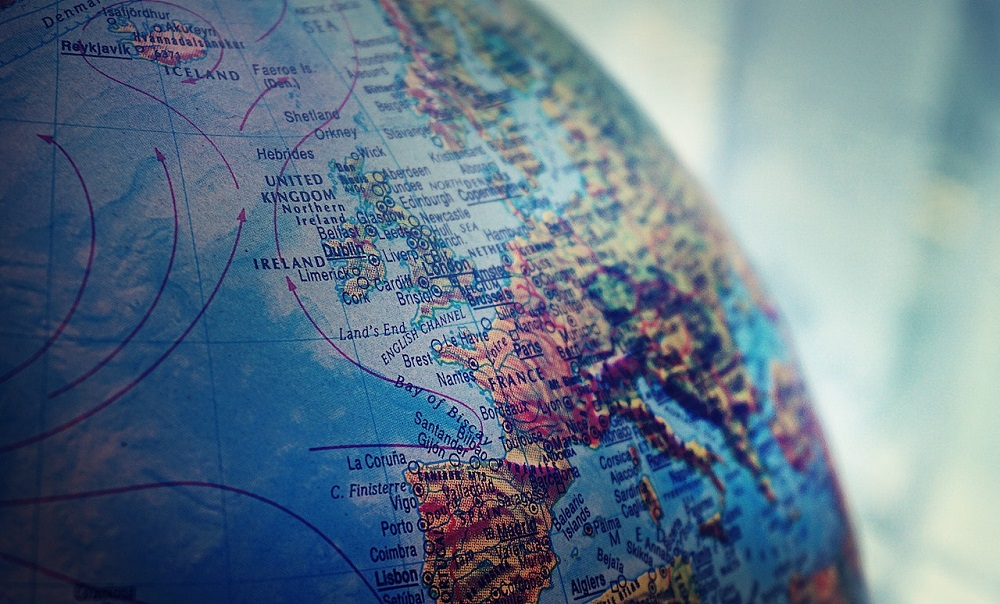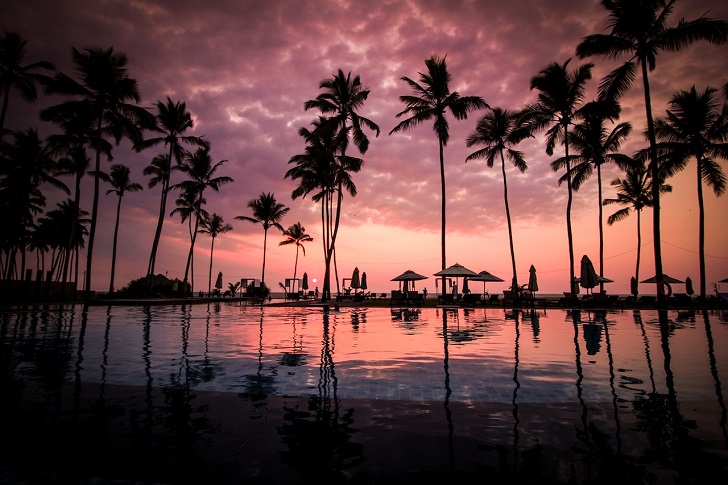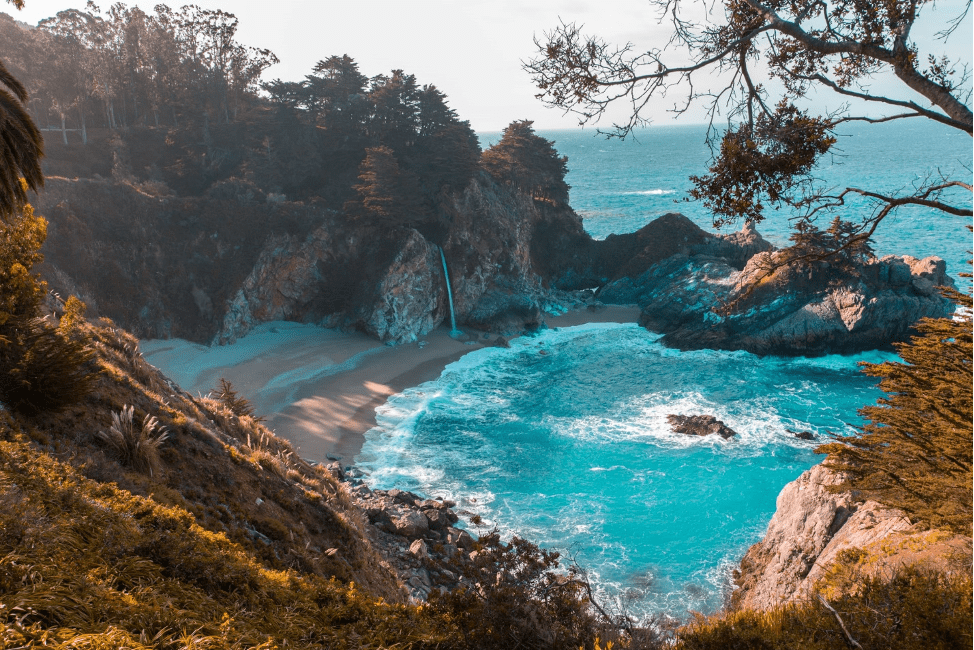In the heart of the Pacific Ocean, a captivating tale unfolds—a story of a king who left an indelible mark on his homeland and the world beyond. This is the story of Kalākaua, whose legacy is entwined with Hawaii’s cultural resurgence, global exploration, and political evolution.
The Merrie Monarch’s Journey Around the World
Once upon a time, in the lush paradise of Hawaii, reigned a king whose love for life’s joyous elements earned him the moniker “The Merrie Monarch.” King Kalākaua, born David Laʻamea Kamananakapu Mahinulani Naloiaehuokalani Lumialani Kalākaua, was more than a monarch; he was a visionary who embraced both his cultural heritage and the wonders of the world.

Canva/ Stock Image | King David Kalākaua was the last king of Hawaii, and he ruled from 1874 to 1891
A Multifaceted Leader Emerges
Kalākaua’s journey began with a unique upbringing. Born into Hawaiian nobility as the second son of High Chief Caesar Kaluaiku Kapaʻakea and High Chiefess Analea Keohokālole, he was destined for greatness.
His name, Kalākaua, meaning “The Day [of] Battle,” commemorated the unequal treaty forced upon Kamehameha III by British Captain Lord Edward Russell on the day of his birth. Raised by different guardians, he honed his identity and heritage.
A Life of Education and Service
Educated at the Chiefs’ Children’s School, Kalākaua mastered both English and Hawaiian. His various government roles interrupted his legal studies, but he remained a central figure in Hawaiian affairs. His leadership of the Young Hawaiians, a group advocating “Hawaii for the Hawaiians,” demonstrated his commitment to his people’s well-being.

Suzy Hazelwood/ Pexels | In January 1881, King Kalākaua embarked on a trip around the world.
A Royal Succession Unfolds
A royal succession contest ensued after King Kamehameha V’s passing without naming a successor. Kalākaua and William C. Lunalilo emerged as prominent contenders. Despite his defeat, Kalākaua’s vision for Hawaii remained strong, rooted in the empowerment of native Hawaiians and constitutional amendments.
The Adventurous Monarch
Ascending the throne in 1874, Kalākaua embarked on a journey across the Hawaiian islands to connect with his people. This endeavor solidified his popularity. He recognized Hawaii’s economic struggles and negotiated a reciprocity treaty with the United States, boosting the kingdom’s economy. He even voyaged to faraway lands, meeting fellow monarchs and world leaders.
A World Tour and Diplomatic Odyssey
In 1881, Kalākaua embarked on a historic journey worldwide, marking the first time a reigning monarch undertook such a global exploration. He engaged with leaders like Pope Leo XIII, Queen Victoria, and U.S. President Chester A. Arthur from Japan to Europe. Amid his travels, he oversaw the construction of ʻIolani Palace, a testament to his vision for Hawaii’s future.

Recal Media/ Pexels | King Kalākaua is credited with reviving the hula, a dance form central to Hawaiian culture
A Vision for Unity and Growth
Kalākaua’s ambition extended beyond Hawaii’s shores. His efforts to form a Polynesian confederation exemplified his desire for unity among Pacific nations. However, shifting political landscapes thwarted his dreams, leading to his eventual loss of power.
A Struggle for Legacy and Identity
As Kalākaua faced internal opposition and political turmoil, the Bayonet Constitution 1887 emerged as a turning point. Stripping him of executive power and eroding native Hawaiians’ voting rights, this constitution ignited tensions between the monarch and foreign influences.




